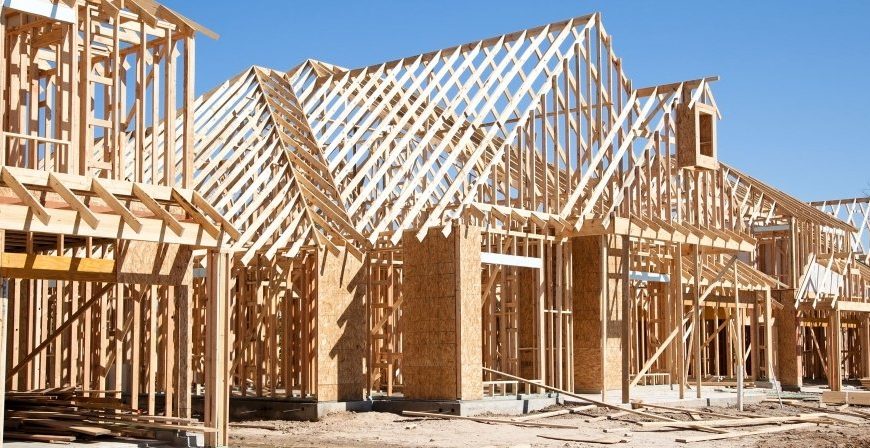A new study by Next 10, an independent, nonpartisan organization that studies and reports on quality of life issues in California, and Beacon Economics, examined just how much, many regions in the state have fallen behind on housing creation goals. The study entitled, Missing the Mark: Examining the Shortcomings of California’s Housing Goals, alarmingly found that some parts of the state are so far behind — especially in building low-income housing — that at current rates state-mandated targets won’t be achieved for over 1,000 years.
For decades California has utilized the Regional Housing Needs Assessment (RHNA) to set housing development targets by region as a way to deal with housing shortages. The report looks at 539 jurisdictions in the state to see how well each is meeting the targets set by the RHNA. The study found that not only are most of the jurisdictions far behind the targets, many don’t participate in the RHNA process at all.
“RHNA was established 50 years ago to ensure communities were building housing across all economic segments,” said Adam Fowler, director of research at Beacon Economic and co-author of the report. “However, the program has no meaningful enforcement mechanism and many jurisdictions simply aren’t participating. But this is only part of why RHNA has proven to be an inefficient tool to ensure supply keeps up with demand.”
Due to the limited capacities of some smaller jurisdictions, one out of every six in the state don’t complete a RHNA report, with most of these located in southeast Los Angeles County and the Central Valley. The report mentions a couple localities — Napa and Marin Counties — that are on track to meet their RHNA goals, however the authors note that the RHNA itself sets a very low standard for the amount of housing creation that’s actually needed. This is because the standards are made based on forecasts of the number of new households formed, however, due to the housing crisis, fewer households are formed because many people continue living with parents or enter into shared living situations, so the real demand isn’t captured.
Unfortunately, Santa Clara wasn’t identified as one of the places that’s even theoretically up to speed. At the current pace of housing development, Santa Clara won’t meet its low-income RHNA housing allocation goals until the year 4100, which is more than 2,000 years away. Although Santa Clara is scheduled to meet its moderate income goals significantly sooner according to the report, most adults won’t live to see it as it’s not projected until 2070.
However, Santa Clara did achieve its target for above moderate-income housing in 2017, underscoring a point often made that housing is being disproportionately being constructed for the wealthy. For those that need housing the most, the supply on the way is negligible as Santa Clara isn’t on track to meet the very low-income housing goal until 5165, more than 3,000 years away.
“This data shows that statewide, less than 10 percent of the RHNA-allocated low- and very-low income units have been permitted, compared to nearly half of the higher-income housing,” said F. Noel Perry, businessman and founder of Next 10. “This disturbing trend reveals how little is being done to alleviate the affordability crisis in California, contributing to rising homelessness and displacement across the state.”
Other Bay Area communities are also lagging behind for all income levels except the above moderate level. San Francisco, Oakland and San Jose are all scheduled to meet their housing targets for above-moderate income levels this year; Palo Alto will reach that goal in 2022. However, San Francisco, Oakland and San Jose have put a greater priority on building housing for those earning very low-incomes, with those municipalities expected to meet their goals in 2030, 2032 and 2048, respectively. Palo Alto won’t reach that mark until 2063 but is on track for its low-income goal by 2037 and its moderate income by 2035.
The report cites NIMBYism and local zoning rules that favor the development of single family homes instead of higher density housing as bearing part of the blame for the bleak findings. The report’s authors recommend that the state come up with a better way to calculate housing demand as the RHNA targets themselves are flawed. Another recommendation is to better align projected regional job growth with housing development so that people aren’t driving hours each day to commute to an area with an unexpected job boom but a dearth of housing.







